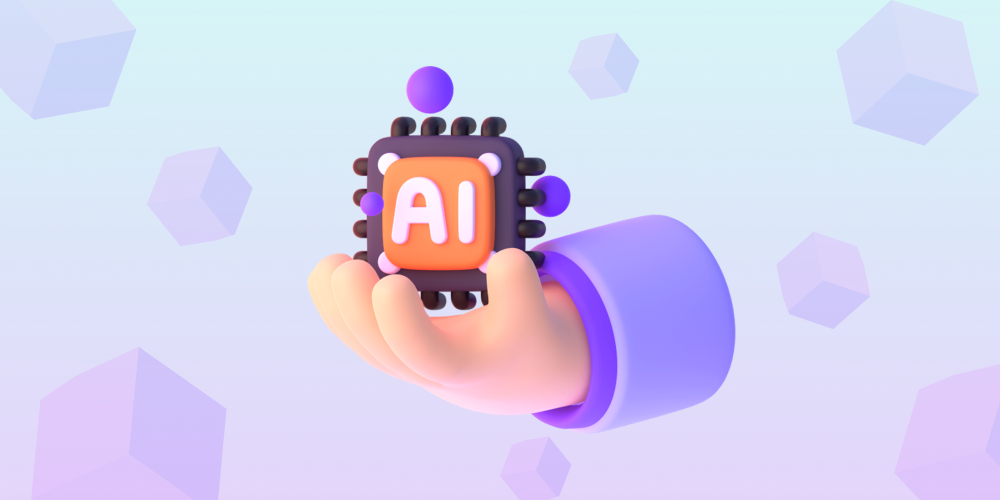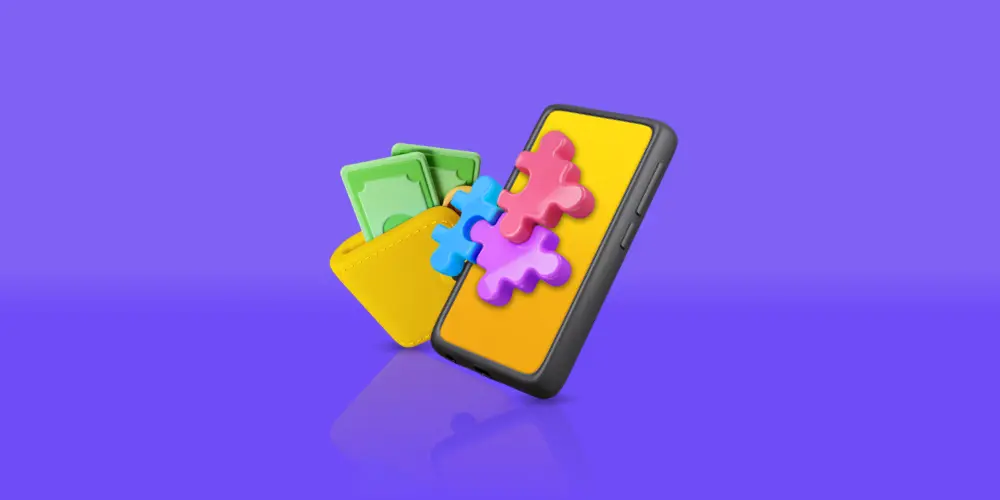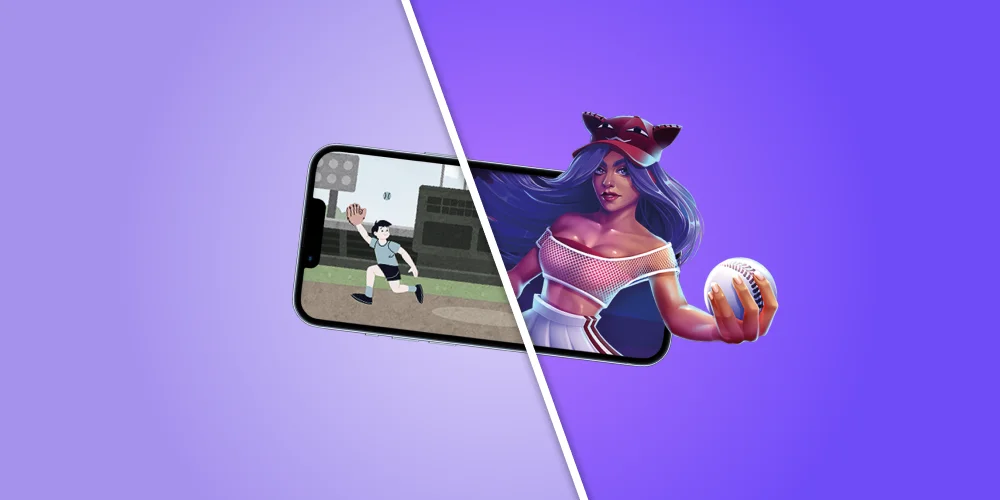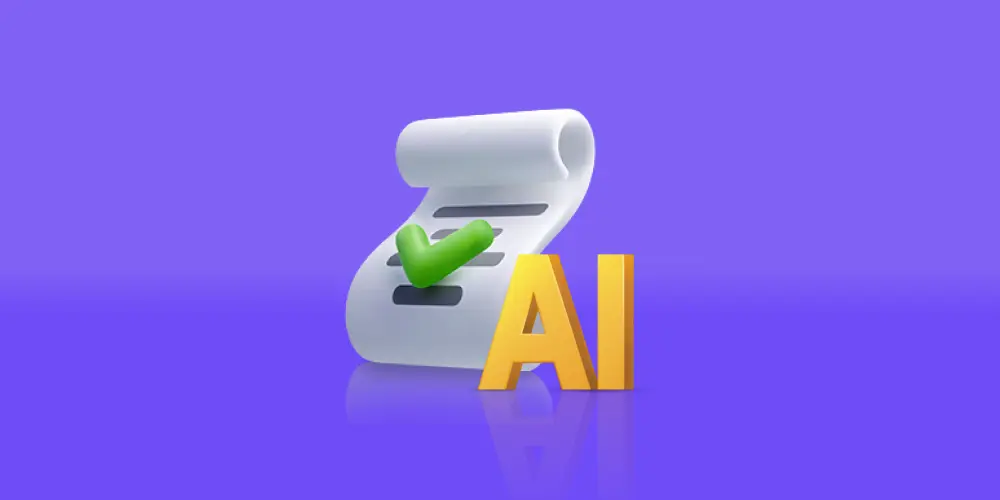KEY POINTS OF THE ARTICLE
- Introduction to the distinct roles of concept art and production design in the creative process.
- Definition of concept art as the initial visual representation of ideas for characters, environments, and props.
- Exploration of the concept artist’s responsibilities, including brainstorming, sketching, and developing visual styles.
- Examination of production design as the process of translating concept art into tangible elements within a project.
- Discussion of the production designer’s role in aligning visual components with the narrative and ensuring consistency.
- Analysis of how concept art serves as a blueprint, while production design brings these concepts to life in the final product.
- Consideration of the collaborative relationship between concept artists and production designers in achieving a cohesive visual experience.
- Insights into the importance of both disciplines in creating immersive and believable worlds in games and films.
The demand for game development is skyrocketing. The expansion of the global gaming industry is expected to be worth $321 billion by 2026. To satisfy the supply, it requires experts who possess industry-specific knowledge.
Concept art and production design are essential processes of game development. However, they are commonly confused. Different experts are often hired for the wrong responsibilities.
What should you know about game concept arts and production design? Whom should you hire for your needs? As a professional game concept art studios, we will share our expertise in this blog post. Our team of Whimsy Games delivers outstanding results with top experience and skills in building games in both trendy and traditional genres. We will tell you all about concept artists and production designers and the main differences in their responsibilities.
What Is Concept Art?

https://dribbble.com/shots/18479444-Magic-The-Gathering-Jetmir-s-Garden
Concept art is a visual representation that helps to communicate ideas or a design of an animated film or video game before putting it into the final product.
Collaborating with an art outsourcing studio can ensure that these visual concepts are effectively translated into high-quality final assets.
The goal of a concept art game is to take an initial idea for an element of the project (a character, vehicle, building, or location) and create an overall design vision for it. It is beneficial for providing a strong reference point to align all the creatives who are part of the project. The concept artworks created are later used by modelers and animators to make these ideas come true.
What Does a Concept Artist Do?

https://80.lv/articles/working-as-a-concept-artist-in-the-fast-paced-film-industry/
Concept artist definition is as follows: this is a designer who envisions and develops environments, characters, props, and other creative materials. They must understand design and know how to incorporate it into any creative project.
This type of artist is responsible for building a visual library, which functions as a database of inspiration for them. Such databases comprise different ideas, shapes, materials, textures, and other materials, often from previous designs or scenes from a book that will turn into a movie. Using this, they complete assignments injecting their personal touch into their work.
Key responsibilities of a concept artist include:
- Collaborating with the production team to brainstorm and interpret the brief for the game.
- Researching relevant project materials and creating a database of different elements.
- Presenting concepts, research, and references to the production team.
- Interpreting initial ideas and creating quick sketch drafts for review.
- Creating detailed concept designs for specific, such as 2D or 3D artworks.
- Developing characters, environments, elements, and designs based on feedback.
- Manage project timelines and schedules.
- Keeping up to date with the latest design trends and advancements in technology.
In addition, it is essential for concept artists to understand the human form, animal forms, color palettes and architectural design, as well as how light and shadow works and affects the mood of the scene. In addition, concept artist should know their way around various concepting tools, such as Zbrush, Corel Painter and Photoshop.
Working closely with a 3D game art studio can significantly enhance the quality of concept art, as these studios provide specialized expertise in translating ideas into detailed 3D visuals. This collaboration ensures that the creative vision is fully realized in the final product, making the game more engaging and visually appealing.
Why Is Concept Art Important?
Whimsy Games has a team of concept artists that help bring ideas to life. Through the passion, creativity and professionalism of our team members we create a virtual world with the help of concept art. Here we outlined four reasons why concept art is an essential part of video games developement process.
Helps to tell a story
Since the purpose of concept art for games is to encapsulate many different tiny details and create a picture of the idea, it helps to communicate the story to everyone in the team. As it is often said — a picture is worth a thousand words. Concept artists develop existing materials or a new worlds and characters from scratch and align them together to tell a story of a game to its players. In addition, the style guide helps to create the overall visual language of the game.
Ensures everyone is on the same page
Projects like video games bring together many different artists and who must work with the same vision on collaborate the final product. Therefore, producing concept art helps to ensure everyone is on the same page to work toward the same cohesive idea. This way, there is a smaller of inconsistencies within the project.
For example, there might be a script ready that describes a character’s physical appearance, but artists’ imagination works different. Two artists are not expected to interpret the description in the same way. Concept art lets them move independently, yet achieve the same style in characters or other objects.
Delivers clear idea of the vision
Think of the tough time you can have to describe your idea of a new world, its characters, mood and the story that is going to unfold. Thus, you need to have a single image that would express this idea for others to understand what you have in mind.
Helps to streamline the production process
Concept art is a major resource-saver. It is less resourceful to make a drawing, than to build a 3D model that would follow the wrong style. A high level of proficiency is required to create game concept design, but as a result it helps to streamline the production process.
Concept art shortens the long cycle of rejections and approvals and quickly move towards an excellent design by freely discrading ideas that do not align with the general vision. In addition, concept art keeps the production consistent and aligned.
What Is Production Design?
The production design is one of the driving forces that helps to immerse a viewer in the created world. That’s the magic of production design, creating a universe in which viewers can easily immerse and feel like they are part of the story.
The goal of production design is to make you believe the unbelievable. Different visual elements help generate the game’s world by creating a mood within it and establishing a sense of space and time. Otherwise, it would be difficult to rely purely on the characters to create a particular environment.
What Does a Production Designer Do?

The role of a production designer in game development is to guide the production design and define the initial art direction of the project to implement the vision. It includes the visual design logic and world mythology created for the universe you design for the project.
Constructing the game world involves details to provide enough depth and immersion for the player to create memorable and exciting experiences. Every single detail has to be considered by production designers, from the world layout and sense of place to architecture, character costumes, and technology design.
It’s the responsibility of a production designer to bring teams together to work on a common vision. They bring the ideas to life coordinating an overall visual appearance and artistic style, as well as maintain the production schedule and staying within budget.
Key responsibilities of a production designer include:
- Visualizing the whole look of a game
- Communicating ideas through drawings and models
- Creating technical drawings and computer-aided designs
- Managing budgets, drawing up schedules, prioritizing and meeting deadlines
- Sharing the vision with a wide number of different people and keeping a team working together well
Why Production Design Is Important?
Production design helps to create reliabilty within the game, as a result adds value to the whole project. Here we breakdown three reasons why production design takes such a vital role in the video games development.
Brings the story to life
Production design is an ultimate way to bring production to life and encourage audince to become a part of it. The details production designers work on make up the background of the story unfolded in the game so it massively contributes to the overall mood set.
Production designers work with everyone who is involves in the visual aspect of the production and make sure all artists focus on the details that will support the main story of the game.
Makes your game stand out
The use of production design makes your game stand out, using different elements and environments created. A production designer helps the audience to understand how they should feel about a certain part of the story with the help of principals that add value. It’s part of responsibilities that production designers undertake to plan each elements of the production and improve the project.
Creates a believable world
Since production designers create a setting for a story, it’s their goal to make it believable to the players. A game invites the audience into a new world than the one they live in. So production design helps to craft a realistic and trustworthy world with the help of research and consistent decisions.
Concept vs. Production: Which One to Choose?
Concept art and production design are heavily linked between each other. Concept art is often a part of pre-production design, whilst production design interprets the visual narrative of the story for the video game. A concept artist produces a graphic design and language, often also considering the 3D aspect of the game art. Production designer focuses more on aligning the visual part with the script.

Since each game is unique in its visual design and language, so is their identity. The development for each game is also different in terms of different intentions and solutions to unfold the plot in the best way possible. So each case is unique. You might only need a production designer or a concept artist, but the best solution is to make them work in a tandem. For a comprehensive approach to game creation, consider partnering with a game development outsourcing company that can provide a full range of services.
If you need assistance, Whimsy Games is a game art outsourcing studio that provides concept art services for video games. We offer full cycle development and address both industry and gameplay peculiarities when making a concept. Coming to us, you will get incredible concepts of characters, location visualization and level crafting.





























